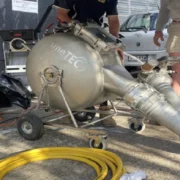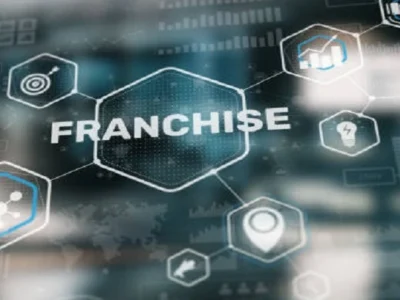In an economic environment marked by uncertainty and transformation, mergers and acquisitions (M&A) remain one of the most powerful tools for achieving strategic growth. Whether it’s expanding into new markets, acquiring new capabilities, or gaining competitive advantage, well-executed deals continue to create value — even in challenging times.
But success in M&A isn’t guaranteed. It requires more than just financial analysis and legal due diligence. It demands clear strategic intent, disciplined execution, and a thoughtful approach to integration. Companies that treat M&A as a strategic capability — rather than a one-off event — are far more likely to deliver long-term value from their transactions.
M&A in a Changing Landscape
After a historic boom in global dealmaking in 2021, the M&A market has since moderated. Rising interest rates, geopolitical tensions, inflation, and increased regulatory scrutiny have all contributed to a more cautious deal environment. However, this hasn’t stopped deals — it has simply raised the bar for what makes a transaction worthwhile.
Strategic acquirers are now focusing on:
- Acquiring capabilities (such as tech or talent) rather than just assets
- Consolidating fragmented markets to build scale and resilience
- Repositioning for sustainability and ESG alignment
- Responding to digital disruption through vertical integration
The logic behind deals is evolving — and so is the way organisations approach them.
Building a Repeatable M&A Model
One of the key differentiators of high-performing M&A teams is the ability to treat dealmaking as a repeatable process. Rather than reacting opportunistically, these organisations develop internal playbooks, dedicated teams, and clear governance structures that support deal success over time.
Foundations of a repeatable M&A model include:
- Clearly defined strategic objectives and screening criteria
- Integrated cross-functional teams for due diligence and planning
- Robust post-merger integration (PMI) capabilities
- Real-time tracking of synergies and value capture
This consistency doesn’t eliminate risk — but it reduces surprises and accelerates learning across multiple deals.
Common Pitfalls in the Deal Lifecycle
Many M&A transactions fail to meet expectations, not because of flawed strategy, but due to execution missteps. Some of the most common pitfalls include:
- Overpaying: Competitive bidding or optimistic assumptions can inflate valuations beyond what the business can support.
- Culture clashes: Even the best strategic fit can be undermined if the two organisations operate with different values and work styles.
- Poor integration: Delays, confusion, and missed opportunities during the first 100 days can erode deal value quickly.
- Unclear communication: Lack of transparency with stakeholders — particularly employees and customers — can trigger disruption.
Identifying these risks early and developing mitigation strategies is essential for maintaining momentum and preserving value.
The Role of Due Diligence
While due diligence is often viewed as a compliance exercise, its real purpose is to understand the target’s value drivers, risks, and potential integration issues. Leading acquirers take a holistic view — assessing not just financials, but also operations, talent, culture, cybersecurity, ESG exposure, and digital readiness.
This insight allows acquirers to:
- Validate assumptions that underpin deal value
- Identify synergy opportunities and cost drivers
- Design more informed integration plans
- Build trust with the target’s leadership and stakeholders
Good diligence is not just about reducing downside — it’s about setting up the deal for upside success.
Post-Merger Integration (PMI) – Where Value Is Won or Lost
After the contract is signed, the actual work starts. At PMI, the acquirer fulfills commitments to customers, employees, and shareholders. System alignment, brand migration, people integration, and cultural harmonisation are just a few of the projects that must be carried out concurrently while striking a balance between speed and stability.
Best practices include:
- Creating a dedicated integration team with clear authority
- Aligning metrics and incentives to integration success
- Staging integration by priority and complexity
- Maintaining a clear narrative for internal and external stakeholders
Without focused execution during this phase, much of the value from the transaction can be diluted or lost entirely.
Looking Ahead – M&A as a Strategic Lever
In 2025 and beyond, M&A will continue to play a central role in business strategy. Whether responding to disruption, scaling innovation, or entering new markets, transactions offer an agile route to transformation when done well.
That’s why many organisations are strengthening their in-house capabilities and seeking expert support in supporting growth through strategic transactions — ensuring that every deal is aligned with strategy, backed by evidence, and executed with precision.
Smart acquisitions aren’t about chasing headlines — they’re about building value that lasts.
Pedrovazpaulo Executive Coaching: Unlocking Potential with Its Power









Comments